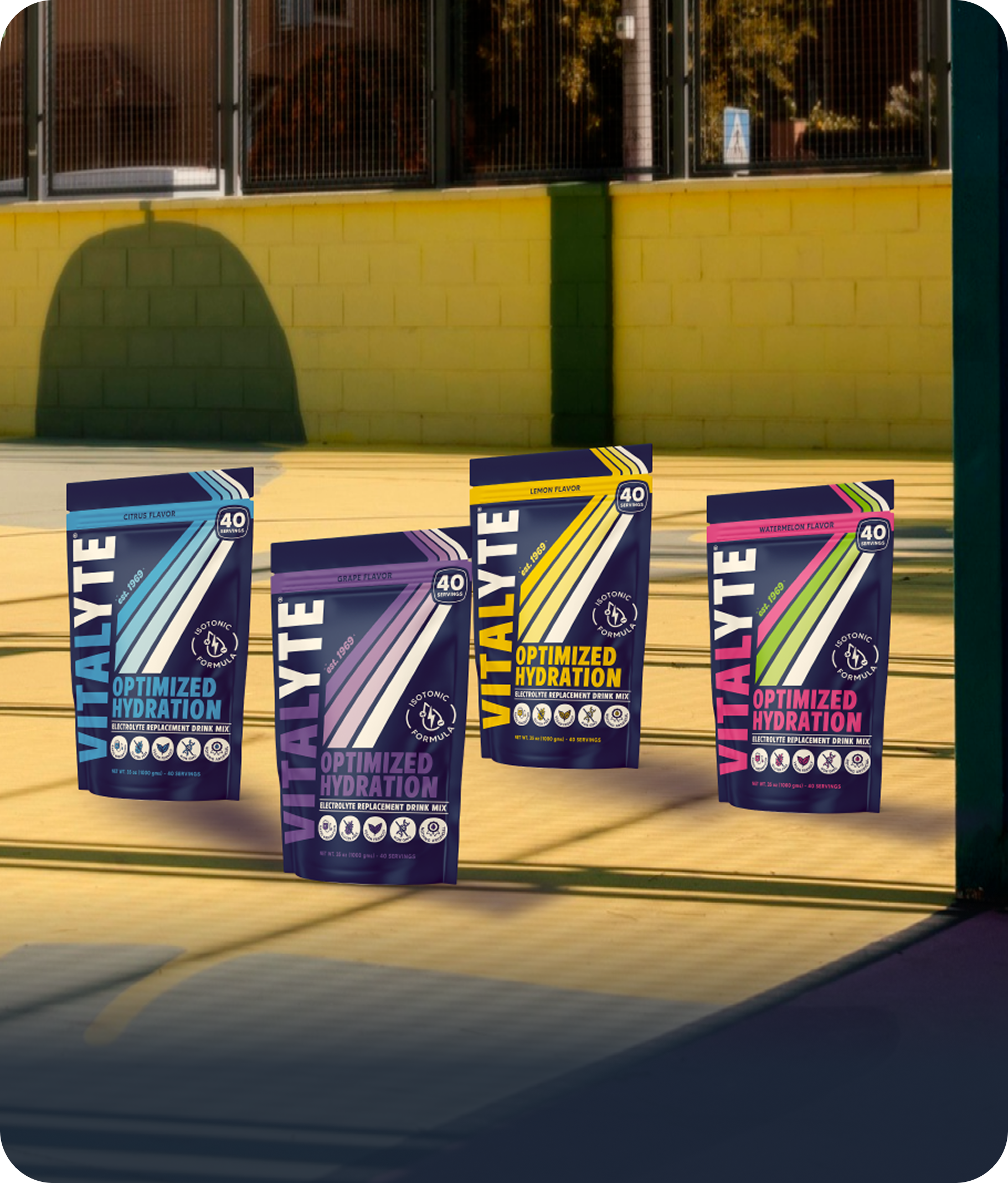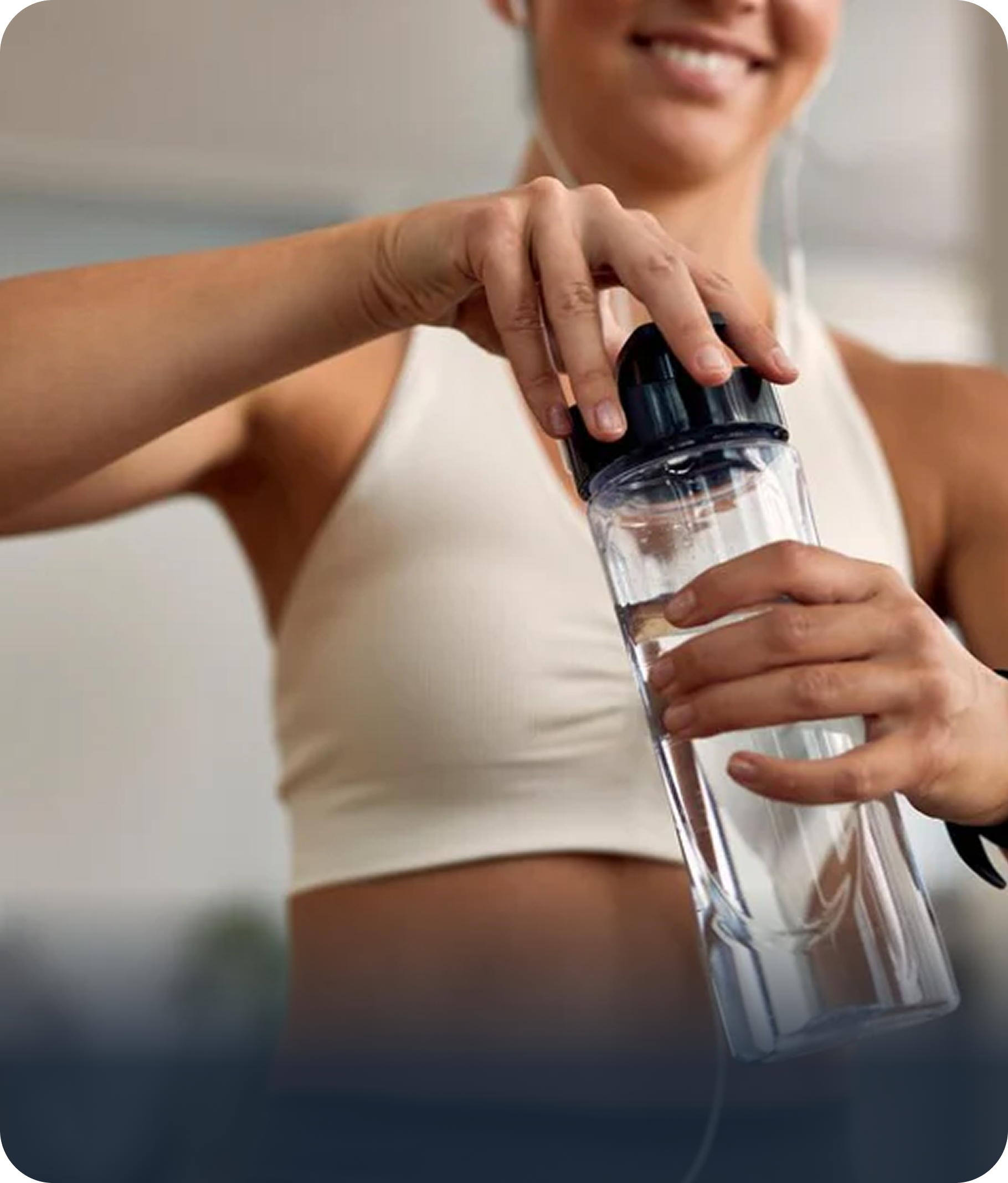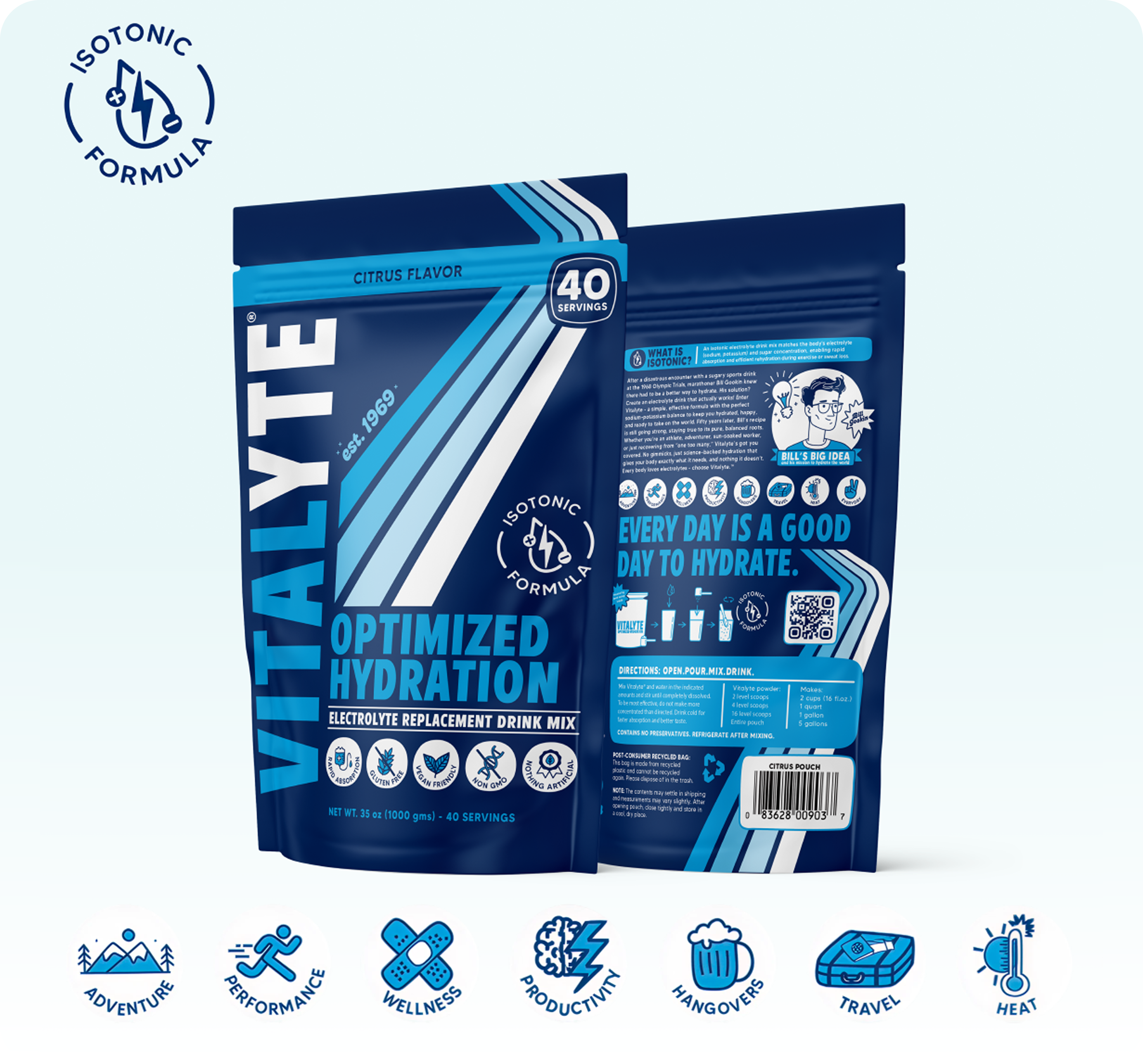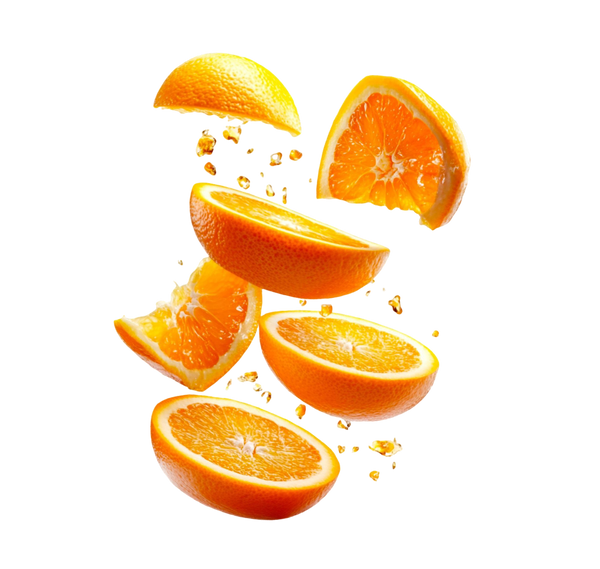How to Choose the Right Electrolyte Drink Powder Mix: Isotonic vs Hypertonic Formulas Explained
Share
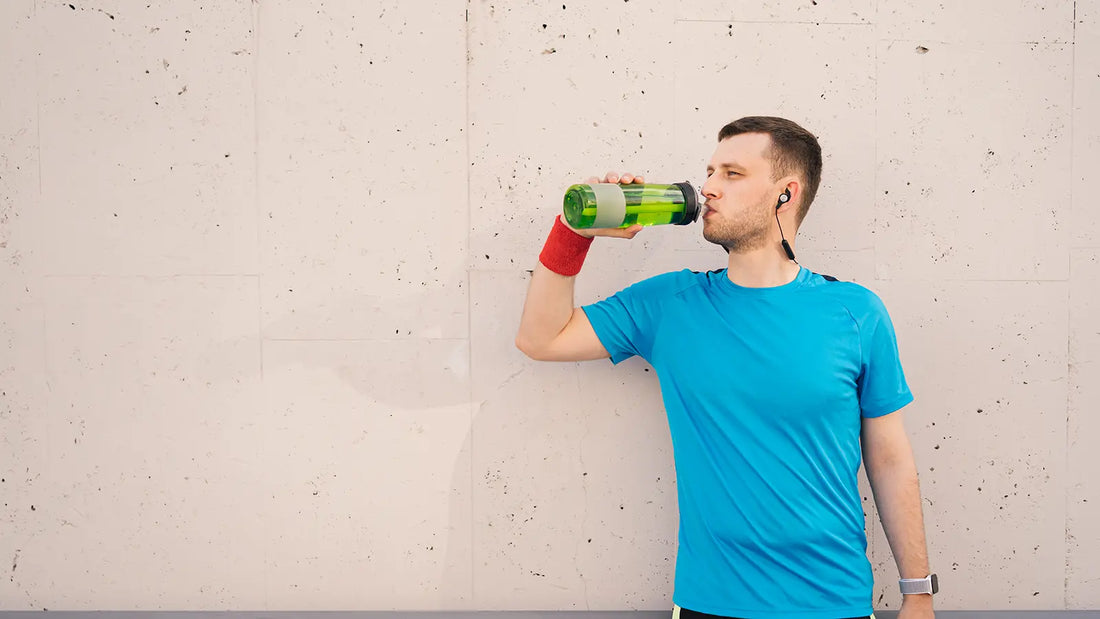
When marathoner Bill Gookin collapsed at the 1968 Olympic Trials after drinking a sugary commercial sports drink, he made a discovery that would change hydration science forever. The problem was not just what was in the drink but how concentrated it was. That disastrous race led to 25 years of testing that revealed a simple truth: concentration matters more than ingredients.
This guide explains the critical difference between isotonic and hypertonic formulas and why choosing the right one can mean the difference between peak performance and stomach distress.

What Makes a Formula Isotonic or Hypertonic
The terms isotonic and hypertonic refer to the concentration of your electrolyte powder relative to your blood. Scientists measure this as osmolality, which describes the total concentration of dissolved particles in a solution.
Your blood plasma maintains a concentration of approximately 280 to 300 mOsm/L. This is the reference point for everything.
Isotonic formulas match your body's natural concentration, clustering around that same 270 to 330 mOsm/L range. When mixed properly, they contain around 4 to 5% carbohydrates and balanced electrolytes that mirror what's in your bloodstream.
Hypertonic formulas exceed your body's concentration, typically measuring above 330 mOsm/L and often containing 6 to 8% or higher carbohydrates. These are more concentrated than your blood.
Hypotonic formulas fall below blood concentration at under 270 mOsm/L. These extremely low concentration drinks can be absorbed even faster than isotonic solutions for situations where rapid fluid replacement trumps energy delivery.
The difference may seem small on paper, but it creates dramatically different effects in your body during the critical moments when you need hydration most.
Bill's 25-Year Discovery: Why Isotonic Works
After his 1968 Olympic Trials disaster, Bill Gookin spent the next quarter century testing different formulations on himself and other athletes. He experimented with varying concentrations, different electrolyte ratios, and countless ingredient combinations.
As Bill explained: "After testing for 25 years, I finally realized that it was physiologically impossible to improve the effectiveness and speed of absorption. I had perfected the formula."
What he discovered through relentless trial and error matched what physiologists call osmosis: the movement of water across membranes from areas of lower concentration to higher concentration. When a drink matches blood concentration at that 280 to 300 mOsm/L sweet spot, water moves freely across the intestinal wall. No processing delay. No complicated chemistry. Just rapid transfer exactly where your body needs it.
Bill explained it this way: "Vitalyte is so effective because it contains the same proportions of potassium and sodium and the same concentration of glucose as blood so that it's absorbed directly from the stomach into circulation. It increases blood volume without diluting the blood."
The Science Behind Bill's Formula
The majority of absorption happens in your small intestine through passive osmosis. But there's also a secret weapon: the Sodium-Glucose Linked Transporter 1, or SGLT1.
This transporter actively pulls sodium and glucose across the intestinal wall together. When that happens, water follows along automatically. The process creates a local concentration gradient that enhances fluid absorption beyond what pure osmosis alone could achieve.
This is why isotonic formulas include both sodium and glucose in specific ratios. They're not just matching blood concentration. They're also leveraging this active transport pathway to maximize absorption speed. Bill discovered this balance empirically through decades of testing. The science explained why his formula worked so well.
Before any drink reaches your small intestine, it has to empty from your stomach first. Gastric emptying rate is controlled primarily by caloric content. As calories increase, your stomach slows down. The 4 to 5% carbohydrate content in isotonic formulas means your stomach processes and releases the solution quickly without nausea or cramping.
Research confirms that keeping osmolality below 330 mOsm/L is essential to minimizing GI issues and preventing delays in gastric emptying. Bill's 25 years of testing led him to the exact concentration that laboratory science later validated.
Learn more about timing your electrolyte intake to maximize the benefits of proper formulation.

The Triple Problem with Hypertonic Formulas
Most commercial sports drinks are hypertonic, measuring above 330 mOsm/L and often reaching 350 to 400 mOsm/L or higher. That concentration creates three serious problems that Bill Gookin documented through decades of athlete feedback.
Problem One: Water Displacement
When you drink a hypertonic solution, something counterproductive happens. The high concentration actually pulls water from your bloodstream into your digestive system to dilute itself down to isotonic levels before absorption can begin. This phenomenon is called osmotic drag.
As Bill observed: "Diluting these drinks is recommended because at their usual concentrations, they will pull water from the blood into the stomach to dilute them until they are the right concentration (isotonic) for absorption. This pulls even more fluid from your circulation."
Think about what this means during activity. You're sweating. You're losing fluid. You drink to rehydrate. But instead of immediately replenishing lost fluids, your hypertonic drink temporarily pulls MORE water from circulation. You've created a deficit before absorption even begins.
This is exactly what happened to Olympic swimmer Amy Van Dyken at the 1996 Atlanta Olympics. Concentrated sports drinks pulled water from her circulation, triggering chain reaction cramping across her entire body.
Problem Two: Delayed Absorption
Hypertonic formulas face dual inhibition. First, the high caloric density from excessive carbohydrates slows gastric emptying. Your stomach takes longer to process and release the drink. Second, once in the small intestine, the high osmolality causes osmotic drag that delays absorption.
Research shows that drinks with carbohydrate loads exceeding 8 to 10 grams per 100ml significantly slow gastric emptying and dramatically increase osmotic pressure within the intestinal lumen. This heightened pressure frequently leads to abdominal cramping, pain, and osmotic diarrhea. Studies confirm that drinks with osmolality values above 330 mOsm/L are high risk for causing GI distress.
For endurance athletes, this delay can mean the difference between maintaining pace and hitting the wall. For workers in heat stress conditions, it can be the difference between safe productivity and dangerous dehydration.
Problem Three: Electrolyte Imbalance
Many hypertonic formulas contain excessive sodium relative to potassium, often in ratios of 5 to 1 or higher. Bill identified this problem through his testing: "Solutions with an excess of sodium help to retain water but in the tissues, not in circulation. Excess sodium has to be excreted, ultimately causing more fluid loss and the loss of your own potassium in keeping up with the sodium losses."
When sodium levels spike without adequate potassium, your body has to dump its own potassium reserves to maintain cellular balance. Sodium pulls water from circulation into tissues, reducing blood volume and forcing your kidneys to excrete the excess sodium while taking your valuable potassium with it.
The result is dehydration despite drinking fluids, increased cardiovascular stress, and eventual cramping.
Bill discovered that balanced sodium to potassium ratios, closer to 1 to 1 or 1 to 1.4, match what your body actually loses in sweat and needs for optimal cellular function. Vitalyte maintains 135mg sodium to 193mg potassium per 16oz serving precisely because that ratio prevents the depletion cascade.
Discover what 50 years of testing taught us about proper electrolyte formulation.
The Energy Gel Factor
Energy gels deserve special mention because they represent an extreme form of the hypertonic problem. These concentrated packets are functionally ultra hypertonic due to their density of sugars and salts.
If you consume gels without adequate water, the massive concentration creates immediate osmotic drag. Water rushes from your bloodstream into your intestines to dilute the gel. This rapid fluid shift is a primary mechanism behind GI distress in endurance athletes.
Each gel should be followed by 6 to 12 ounces of water or isotonic drink to prevent water displacement. Bill's isotonic approach eliminates this complication by delivering both hydration and energy in one optimally concentrated package.

How to Identify Isotonic vs Hypertonic Products
Most products don't list osmolality on the label. Here are the practical indicators Bill relied on to evaluate formulas.
Check the Carbohydrate Percentage
Calculate the carbs per serving divided by total volume:
- 8 to 10g carbs in 16oz = 2 to 2.6% (hypotonic, very fast absorption but minimal energy)
- 16 to 20g carbs in 16oz = 4 to 5% (isotonic, optimal balance)
- 28g carbs in 16oz = 7% (hypertonic, slower absorption)
- 32g or more in 16oz = 8% plus (highly hypertonic, high GI risk)
Most commercial sports drinks fall into the hypertonic category at 6 to 8% carbs. Quality electrolyte powder formulas maintain the 4 to 5% sweet spot that correlates with that critical 280 to 300 mOsm/L range.
Research confirms this relationship. Formulas with 6 to 8% carbohydrate concentration consistently measure in the 300 to 350 mOsm/L range or higher, placing them firmly in hypertonic territory despite marketing claims.
Look at Electrolyte Ratios
Examine sodium and potassium content:
- Hypertonic formulas: Often 300 to 500mg sodium with only 60 to 100mg potassium (5:1 ratio or worse)
- Isotonic formulas: Balanced ratios closer to 1:1 or 1:1.4 matching actual sweat losses
Professional guidelines from the American College of Sports Medicine recommend sodium inclusion of 300 to 600mg per liter for activities lasting longer than one hour. However, these guidelines often overlook the critical importance of maintaining proper sodium to potassium balance.
Bill's testing revealed what laboratory studies now confirm. Excess sodium without adequate potassium forces your body to excrete both, ultimately causing more fluid loss than it prevents.
Read the Directions Carefully
Quality isotonic formulas emphasize mixing to exact specifications. The directions will say "do not make more concentrated than directed" because the manufacturer understands that concentration directly affects absorption.
Bill always stressed this point. The formula he spent 25 years perfecting only works if you mix it correctly. Making it more concentrated to save powder or get more flavor turns it hypertonic, eliminating the absorption advantage.
If a product's directions are vague about concentration or suggest "mix to taste," it likely wasn't designed with optimal absorption as the priority.
When to Use Each Formula: Matching Concentration to Your Needs
Despite the advantages of isotonic formulas, understanding when different concentrations make sense helps optimize your strategy. Bill discovered that matching formulas to situations matters as much as the formula itself.
Isotonic: Your Default Choice for Most Situations
Use isotonic concentration (280 to 300 mOsm/L, 4 to 5% carbs) for:
- Any activity lasting over 60 minutes
- Exercise or work in hot or humid conditions
- Situations requiring rapid rehydration
- Times when stomach tolerance is critical
- Daily hydration optimization
- Recovery after illness or alcohol consumption
- Middle and long distance running
- Team sports requiring cognitive function and repeated efforts
Isotonic formulas work for the widest range of situations because they prioritize absorption speed and gentle digestion while still providing meaningful energy support. This is why Bill settled on isotonic after testing everything from highly hypotonic to extremely hypertonic variations.
For marathons, cycling events, triathlons, and similar sustained efforts, isotonic concentration should be your foundation. Professional guidelines recommend adequate sodium (300 to 600mg per liter) for events exceeding two hours. The isotonic approach delivers this in a balanced package with appropriate potassium and rapid absorption.
Team sports, CrossFit, and activities with repeated high power efforts benefit enormously from isotonic formulas. These scenarios demand both rapid fluid replacement during short recovery intervals and sustained cognitive function for decision making. Dehydration impacts cognitive performance before it limits physical output.
Hypotonic: Maximum Hydration Priority
Use hypotonic concentration (below 270 mOsm/L, 2 to 3% carbs) for:
- Short duration high intensity efforts in extreme heat
- Situations where sweat rate massively exceeds energy demands
- Activities where you're getting carbohydrates from other sources
Research shows hypotonic drinks consumed during exercise provide superior hydration benefits when rapid fluid replacement is the singular goal. The trade off is reduced energy delivery, which makes them less practical for most endurance scenarios.
Hypertonic: Limited Use Cases Only
Use hypertonic concentration (above 330 mOsm/L, 6 to 8% plus carbs) for:
- Post workout glycogen replenishment when rehydration is complete
- Very short intense efforts under 30 minutes where you need energy more than hydration
- Cold weather activity where you're not sweating heavily
Recovery drinks often reach osmolality values of 380 to 450 mOsm/L or higher due to high carbohydrates, proteins, and other nutrients. These are designed for maximal nutrient delivery, not optimal hydration.
The key is understanding that hypertonic concentration is never optimal for hydration itself. For recovery, consume 150% of estimated body weight loss using isotonic formulas within 2 to 6 hours post activity to correct the fluid deficit first. Only after beginning rehydration should you introduce hypertonic recovery formulas if needed for glycogen synthesis and muscle repair.
What to Expect When You Switch to Isotonic
If you've been using hypertonic commercial sports drinks and switch to a properly formulated isotonic electrolyte powder, here's what typically happens based on 50 years of user reports.
The taste will seem less sweet initially. This is actually a positive sign. The lower sugar content that enables rapid absorption also means less artificial sweetness. Most people adjust within 2 to 3 uses and then find traditional sports drinks cloyingly sweet by comparison.
Your stomach will feel lighter during activity. That "sloshing" feeling many athletes experience with commercial drinks disappears because absorption happens almost immediately. The fluid isn't sitting in your gut. It's moving into circulation.
Within one to two weeks, athletes consistently report improved endurance without the mid activity energy crashes that high sugar drinks cause. Cramping issues often resolve completely because proper sodium to potassium ratios prevent the electrolyte depletion that causes muscle cramps. Many athletes who thought they were "prone to cramping" discovered it was actually their hypertonic drinks forcing their bodies to dump potassium reserves.
You'll likely notice you need to urinate less frequently during long activities. Isotonic formulas increase blood volume without triggering excessive kidney filtration. As Bill explained, the solution doesn't dilute your blood, so there's no excess water for your kidneys to eliminate.
Over months of use, many people report overall improvements in hydration status. Better skin condition, more consistent energy levels throughout the day, fewer headaches, and better exercise recovery all stem from maintaining proper hydration with optimal absorption. The cost savings become obvious too. Quality electrolyte powder costs around 60 cents per serving compared to 2 to 3 dollars for bottled commercial drinks.
The Bottom Line: Choose Based on Science, Not Marketing
Bill Gookin spent 25 years testing formulations because he understood that hydration is too important to leave to chance or marketing departments. What he discovered through relentless experimentation is that there's an optimal concentration around 280 to 300 mOsm/L that cannot be improved upon physiologically.
Isotonic formulas at 4 to 5% carbohydrates with balanced sodium to potassium ratios work faster, absorb more efficiently, cause fewer stomach problems, and maintain better electrolyte balance than hypertonic alternatives. This isn't a theory. It's documented through 50 years of use by athletes, emergency responders, medical teams, and everyday people who need hydration they can count on.
The science explains why Bill's empirical testing led him to isotonic concentration. Osmotic gradients, gastric emptying rates, SGLT1 transport mechanisms, and electrolyte balance all point to the same conclusion. Match your blood's natural 280 to 300 mOsm/L concentration and your body can use the solution immediately.
When choosing electrolyte powder, look for products that prioritize isotonic concentration and balanced electrolyte ratios over sweetness or marketing appeal. Calculate the carbohydrate percentage. Check the sodium to potassium ratio. Read whether the directions emphasize proper mixing concentration. These practical indicators reveal whether a formula was designed based on physiology or profit margins.
The formula Bill Gookin perfected after his 1968 disaster remains as effective today as it was then because good science doesn't change. Isotonic concentration, balanced electrolytes, natural ingredients, and nothing unnecessary. That approach has worked for five decades because it matches how your body actually functions.
Your digestive system doesn't care about marketing claims. It responds to osmolality, concentration gradients, and electrolyte balance. Choose isotonic based on the science Bill spent 25 years discovering. Your performance, your stomach, and your long term health will immediately know the difference.
Frequently Asked Questions
Can I make a hypertonic drink isotonic by diluting it?
Yes, but you'll also dilute the electrolyte content, potentially making it inadequate. A drink with 400mg sodium per serving might seem high, but if you double the water to bring it from hypertonic to isotonic, you're now getting only 200mg sodium per serving. Start with a properly formulated isotonic product mixed according to directions.
Do I need different formulas for different activities?
For most people, a quality isotonic formula works for all activities. The variable is how much you drink, not which concentration you use. Drink more during intense or prolonged efforts, less for moderate activity. The 280 to 300 mOsm/L concentration remains optimal regardless of activity type.
What if I don't like the less sweet taste?
The taste adjustment typically takes 2 to 3 uses as your palate recalibrates. Most people then prefer the lighter taste during activity. Your body associates the taste with effective hydration, making it more appealing over time. If needed, add a small amount of natural fruit juice, but be careful not to increase concentration above 330 mOsm/L.
Are there situations where plain water is better?
For activities under 60 minutes in moderate conditions, plain water is usually sufficient. Your body has enough electrolyte reserves to handle short term losses. For anything longer or in heat stress, isotonic electrolyte drinks become important for maintaining both hydration and electrolyte balance.
How do I know if a product is truly isotonic?
Calculate the carbohydrate percentage. Divide grams of carbs per serving by fluid ounces and multiply by 100. If the result is 4 to 5%, the formula is likely truly isotonic. If it's 6 to 8% or higher, it's hypertonic regardless of labeling. Also check if directions emphasize exact mixing ratios. True isotonic formulas specify precise concentration because the manufacturer understands the physiological importance.
About the Author
Evan Lucas, COO of Vitalyte
Evan has been with Vitalyte for 27 years, working to carry forward Bill Gookin's legacy of creating honest, effective hydration solutions. He uses Vitalyte daily for general wellness and hydration, and helps guide the company's commitment to real-world testing and straightforward science over marketing hype.
